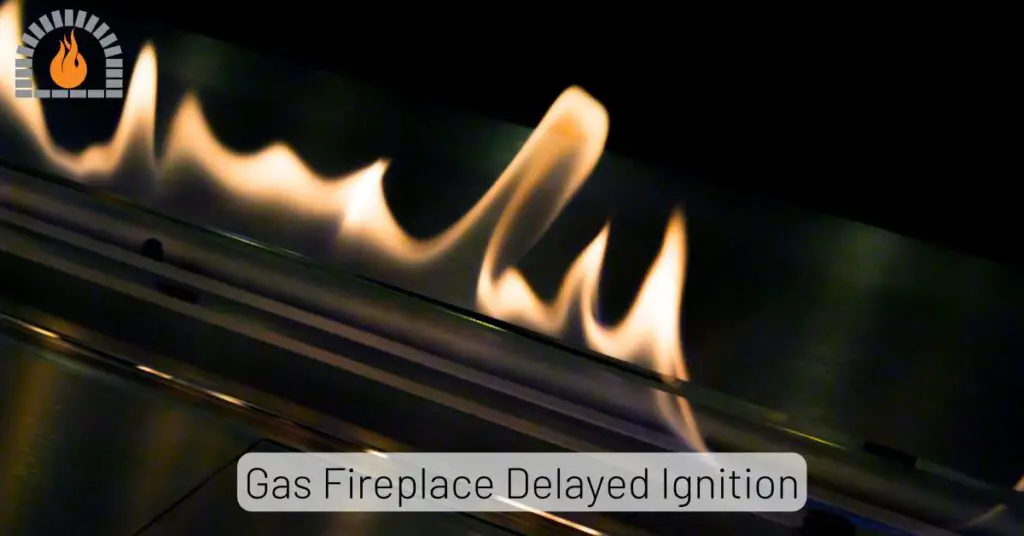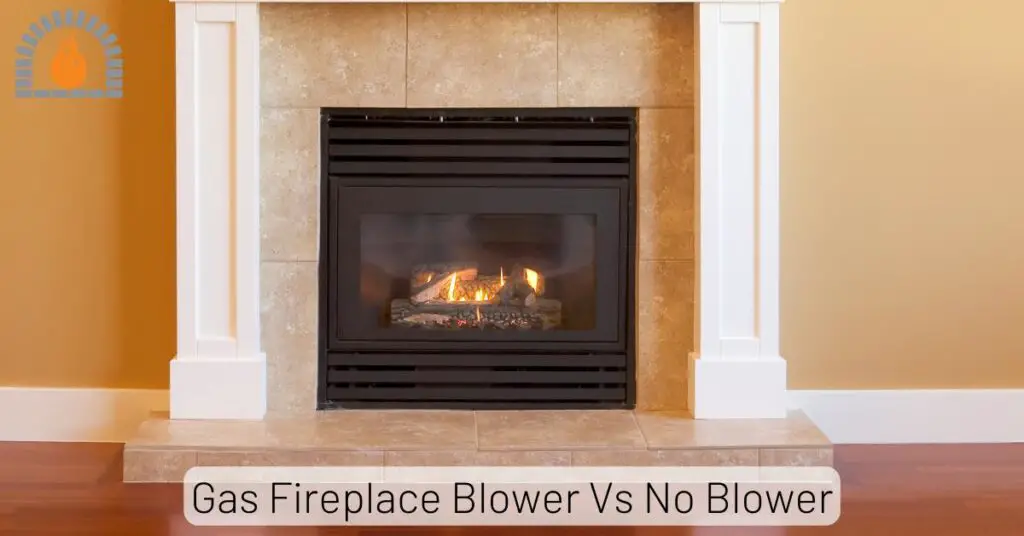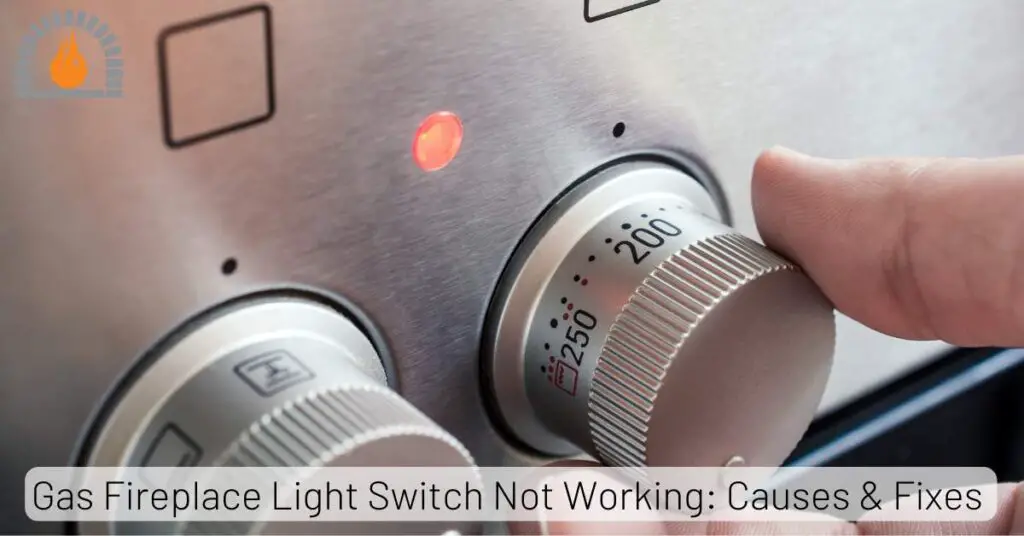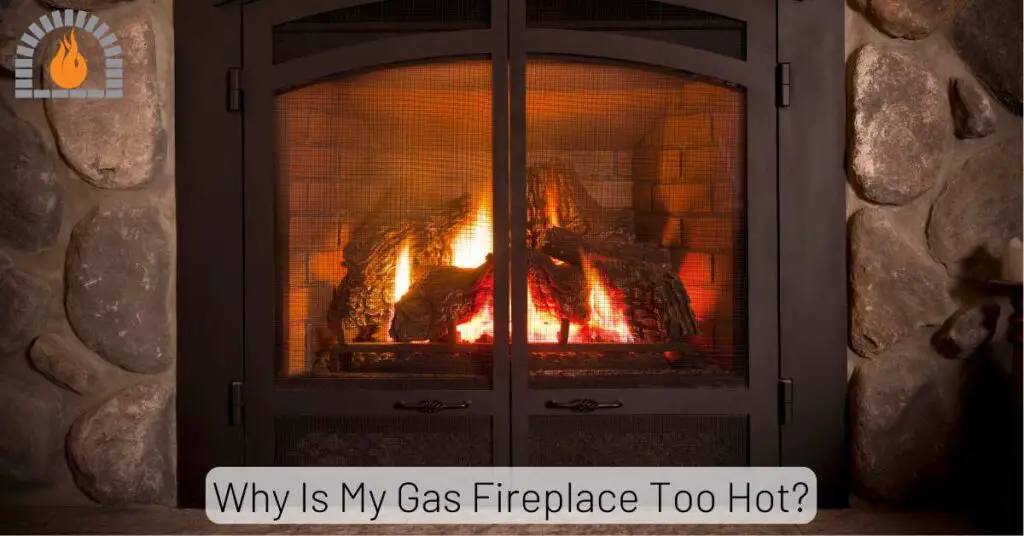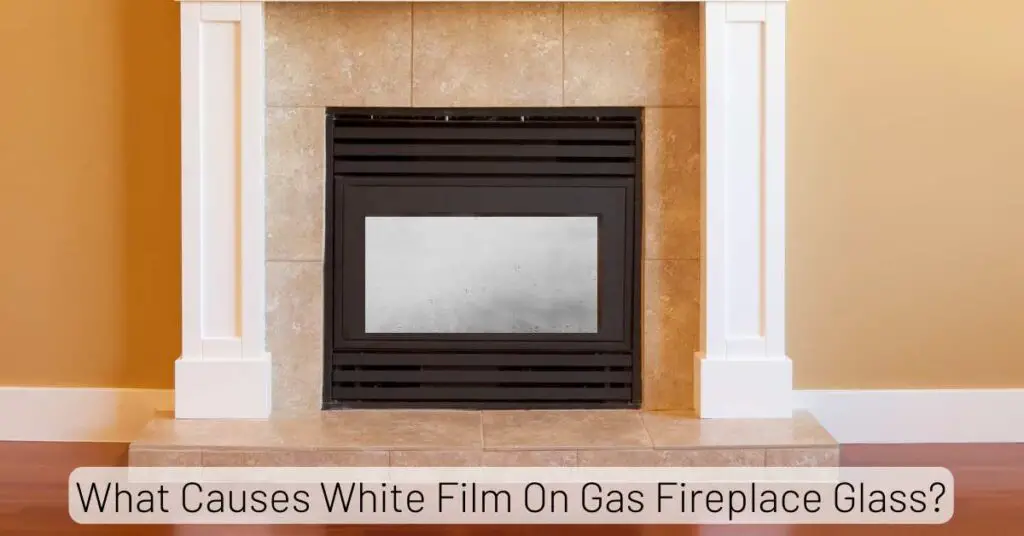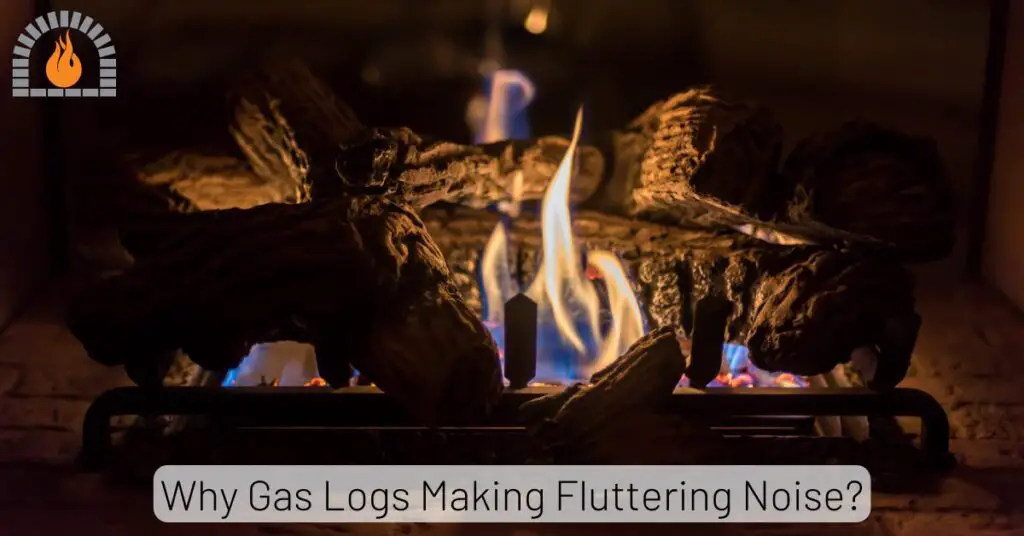In-home design and comfort gas fireplaces are popular, providing warmth and ambiance without the hassle of traditional wood-burning options. However, as homeowners contemplate installing these modern marvels, a common question often arises: Do gas fireplaces have flues?
Overview
The necessity of the flue for a gas fireplace depends on the type of fireplace. Vented gas fireplaces have flues or chimneys that direct combustion byproducts outside. However, ventless gas fireplaces are designed to operate without a traditional flue or chimney.
Do Gas Fireplaces Have Flues?
Yes, gas fireplaces typically have flues, although the design and requirements may vary depending on the type of gas fireplace. It serves to vent the byproducts of combustion, such as carbon monoxide, water vapor, and other gases, to ensure the safe operation of the fireplace.
Flue Requirements for vented and ventless gas fireplaces:
- Vented Gas Fireplaces: These fireplaces have a flue or chimney that directs combustion byproducts outside. The flue may be a traditional masonry chimney or a metal pipe, ensuring that the gases are safely expelled from the living space.
- Ventless or Vent-Free Gas Fireplaces: These fireplaces are designed to operate without a traditional flue or chimney. Instead, they use a specialized technology that releases combustion byproducts into the room. However, ventless fireplaces have safety features like oxygen depletion sensors to monitor and maintain indoor air quality.
It’s important to note that building codes and regulations may vary, and local codes should be followed when installing gas fireplaces to ensure safety and compliance.
Also, proper maintenance and regular inspections are crucial to gas fireplaces’ safe and efficient operation.
If you’re considering installing a gas fireplace or have questions about an existing one, it’s recommended to consult with a qualified professional or fireplace technician.
Related Post: What To Do If You Accidentally Left Gas Fireplace On
Importance of Flue and Chimney For Gas Fireplace
Flues and chimneys play a crucial role in gas fireplaces’ safe and efficient operation. Here are some key reasons why they are essential:
Ventilation of Combustion Byproducts:
Gas fireplaces produce combustion byproducts, including carbon monoxide (CO) and water vapor. The flue and chimney provide a pathway for these byproducts to be safely vented outside.
Proper ventilation is essential to prevent the buildup of harmful gases inside the living space.
Prevention of Indoor Air Pollution:
The incomplete combustion of gas can lead to the release of pollutants.
The flue and chimney help ensure these pollutants are carried outside, preventing indoor air pollution. This is crucial for maintaining good indoor air quality and the health of the occupants.
Prevention of Condensation:
During combustion, water vapor is produced as a byproduct. If this vapor is not vented correctly, it can condense inside the flue and chimney, leading to corrosion and deterioration.
The duct allows for the expulsion of this moisture, preventing damage to the fireplace system.
Fireplace Efficiency:
A well-designed flue and chimney system can contribute to the overall efficiency of the gas fireplace. Proper drafting ensures optimized combustion, leading to better fuel utilization and heat output.
Drafting and Airflow:
The flue and chimney are designed to create a natural draft that pulls combustion gases up and out of the home.
This helps maintain a stable and predictable airflow for the fireplace, ensuring it operates consistently and safely.
Compliance with Building Codes:
Many building codes and safety regulations require the installation of flues and chimneys for gas appliances.
Compliance with these codes is essential to ensure the safety of the occupants and the property.
Prevention of Structural Damage:
The flue and chimney also direct hot gases away from the structure of the building.
Without proper venting, these hot gases could cause damage to walls, ceilings, and other structural components.
Safety Considerations:
A properly functioning flue and chimney reduce the risk of gas leaks and the potential for fire hazards. They provide a controlled pathway for the combustion byproducts to exit the home safely.
Safety should be a top priority when operating gas fireplaces, whether vented or ventless. It’s essential to follow manufacturer guidelines for installation and maintenance. Regular inspections by qualified professionals ensure that gas fireplaces operate efficiently and safely.
Related Post: What to Do if Gas Fireplace Too Hot?
Installation and Maintenance Tips
Proper installation and routine maintenance are essential to optimize the performance of your gas fireplace.
Ensure that vented models have a clear, unobstructed flue, while ventless models should be installed in well-ventilated spaces.
Affiliate Disclosure: Fireplaceadviser.com is a participant in the Amazon Services LLC Associates Program. We may earn a commission when you click on certain links on this site and purchase.

Hello!! I am Jamal Khan. I often fix my home electric heaters and gas stove problems and research the common issues in the heating units to improve my knowledge and expertise. The aim of establishing fireplaceadviser.com is to share my expertise and knowledge with my audience.







